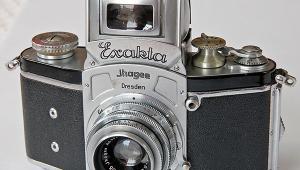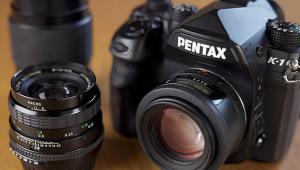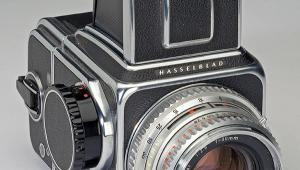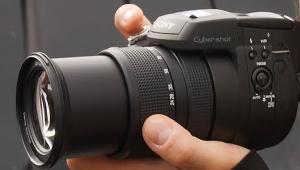Hasselblads Xpan II
A New Update For A Recent Classic
Xpan II Accessories |
|||
I 've been using the Xpan as much as my 35mm in my professional work for about three years now and am very excited about the format, versatility, and practicality in the stock photography world. It is also a very compelling format for prints. It's compact, well built, and a lot of fun to use. The Xpan was introduced in 1998 in close cooperation with Fuji Photo Film Co. Ltd. The lenses (30mm, the standard 45mm, and 90mm) have a medium format sharpness, but with the ease of 35mm camera operation. Also, the 30mm and 45mm lenses can focus to within 2 ft, which opens up completely new ideas for panoramic image making. The amazing sharpness enables me to make very large prints (2x5 ft) when scanning the Xpan transparencies on an Epson 2450 flat-bed scanner and printing on the 7600 printer. Updated Features Camera And Film Handling |
|||
Xpan II Improvements |
|||
The price of the Xpan II kit (body, 45mm lens) is $2320. For more information about the camera, visit Hasselblad's website, www.hasselbladusa.com. Tony Sweet is a professional photographer, author, and teacher living in Baltimore, Maryland. Visit his web site at http://tonysweet.com. |
- Log in or register to post comments






















































